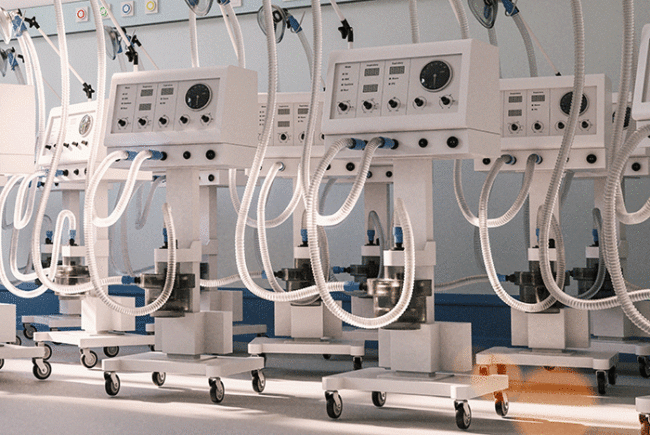FDA outlines cybersecurity recommendations for medical device manufacturers
The Food and Drug Administration (FDA) issued draft guidance outlining important steps medical device manufacturers should take to monitor, identify and address cybersecurity vulnerabilities once devices enter the market.
The FDA says cybersecurity threats are a growing concern and present a potential risk to the safety and effectiveness of medical devices. Although controls can be included in the design of new products to help prevent these risks, the evolving nature of cyber threats calls for more diligence regarding maintaining and upgrading products to continually protect them against risk.
Recommendations made in the draft guidance include adopting a coordinated vulnerability disclosure policy and practice, and understanding, assessing and detecting the presence and impact of vulnerability. The draft guidance is open for public comment.
Also this week:
Joint Commission posts new resources on Physical Environment Portal
The Joint Commission has added new resources to help health care facilities comply with Environment of Care standard EC.02.06.01 — Built Environment. The resources include new leadership awareness videos, leadership orientation procedures and compliance evaluation documents. It also has added resources to help facility managers understand the built environment’s role in patient safety.
CDC invites public comment and recommendation on PPE project
The Centers for Disease Control and Prevention issued a notice in the Federal Register inviting comments on its newly proposed information collection project “Monitoring and Coordinating Personal Protective Equipment (PPE) in Healthcare to Enhance Domestic Preparedness for Ebola Response.” The purpose of the project is to develop an ongoing PPE sentinel surveillance system to document data used to evaluate and monitor PPE use among health care workers and its effectiveness.
FDA releases guidance on devices labeled ‘sterile’
The Food and Drug Administration (FDA) has updated and clarified its rules regarding devices labeled as sterile. In recent years, the FDA states it has received an increasing number of 510(k) submissions for devices labeled as sterile that use sterilization methods other than the traditionally used methods of steam, dry heat, ethylene oxide and radiation. The FDA guidance for sterile devices now includes methods using hydrogen peroxide, ozone and flexible bag systems as established methods.
New study highlights impact of telemedicine for intensive care
A two-phase study published in the American Journal of Critical Care discusses the impact telemedicine has on intensive care. Phase 1 included an online survey of intensive care nurses to evaluate their perception and insights on intensive care telemedicine. The majority of respondents agreed that telemedicine helps to accomplish tasks faster, improves teamwork, performance and communication, and is essential in nursing evaluations. Phase 2 put a spotlight on challenges nurses face. Some of those barriers to better telemedicine care included technical issues such as audio and video interruptions.





